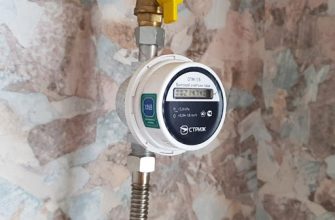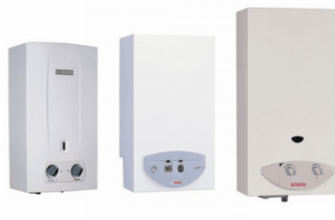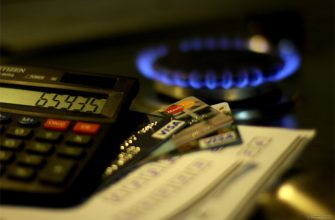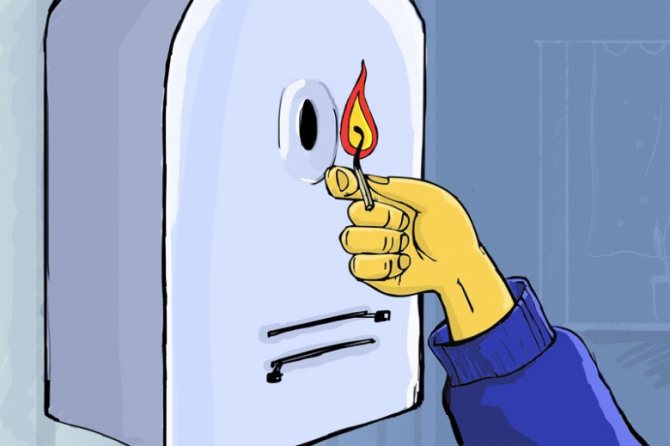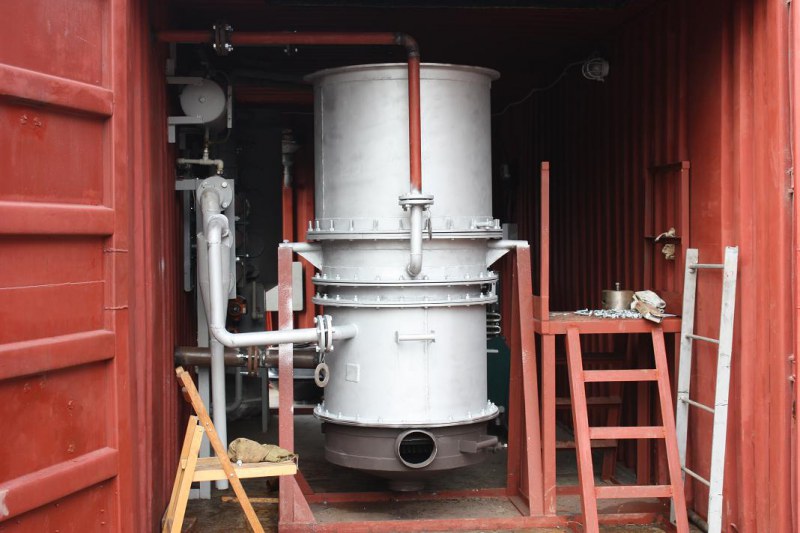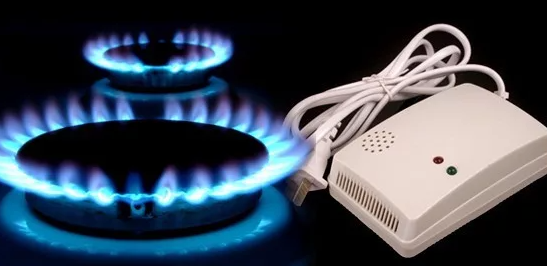A household gas analyzer is used to determine the quality and volume of air. Manual devices work on the principle of the methodical absorption of all kinds of reagents. The operation of automatic models is based on the measurement of chemical and physical parameters of the gas and their systematization for the user. The devices are used to monitor fuel mixtures in industry, buildings for domestic and economic purposes.
Household gas analyzer classification
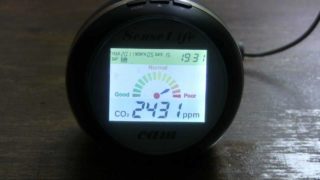
They produce stationary meters, portable or portable. The equipment is manufactured with different sets of functions, it can be small in size or bulky with a large weight. The devices work with one type of gas or are multi-component.
The purpose of the gas analyzer is the basis for the division by type:
- indicators evaluate the mixture by the amount of the controlled ingredient on the basis of the "many-little" principle;
- Leak detectors find the area of leakage in the pipeline using a sampler or probe;
- signaling devices have optical detectors, sound sensors, switches in their design and evaluate the quality in several stages;
- Gas analyzers evaluate the air sample with precise indexing and are equipped with additional functions.
Multichannel instruments work in conjunction with gas distributors, which are placed in front of the analyzer and feed the mixture in turn from several sampling points.
Manual
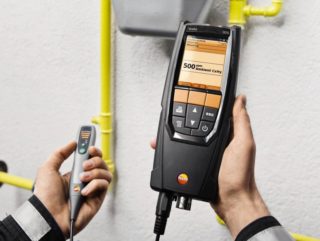
The handheld home gas analyzer is a portable type. Most often, electrochemical and optical devices are used that analyze the concentration of mixture components in real time. The devices make accurate measurements and are used to set up the combustion procedure and to control the operation of the analyzer with a built-in automatic regulator. Chemical devices determine the concentration of CO, Or or CO2 in a mixture.
The principle of operation includes processes:
- separation of the volume for analysis (100 ml);
- consistent absorption of constituent components;
- measurement after absorption of the bulk residue.
Reducing the amount gives an idea of the content of the constituent component. The method is used in manual and automatic devices. The disadvantage is the frequency of the selection (25 - 30 cases per hour of work).
Automatic
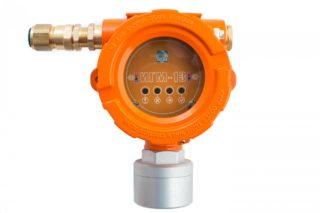
The principle of operation of a gas analyzer with built-in automation consists in the oxidation of gas components with the use of auxiliary catalysts. The measurement is carried out by thermistors, which change resistance as the temperature changes and coordinate the conducting current.
Automatic devices are divided into groups according to the way of operation:
- chemical or quantitative-manometric analyzers carry out diagnostics when studying the reactions of a gas with other components;
- electrochemical or thermochemical types find the value of the concentration according to the indicators of the electrical conductivity of the solution that has absorbed the element of the mixture;
- optical devices use the gas's ability to change the radiation and absorption of the spectrum;
- chromatographic ones work according to the displacement, developmental and frontal method.
Meters determine the physical and chemical composition of the atmosphere or some parts of it.
Principle of operation
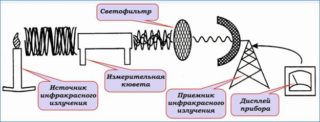
The analysis results in the volume and quality of air components. The principle of operation of a gas analyzer for domestic gas is based on studies of the reaction of the components of the gas mixture to changes in the parameters of the environment.
Optical instruments use the method of mass spectrometry to physically measure the mass of electrical particles to study a substance. Densimetric gas analyzers work with the density of a substance and find the carbon dioxide content.
Magnetic devices find the concentration of oxygen, which actively perceives magnetic vibrations. Ultraviolet analyzers detect halogens, mercury vapors, organic matter. Thermometric devices measure the thermal conductivity of components and work with multi-component fuel compositions.
What does the gas analyzer measure?
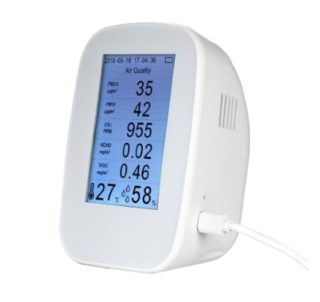
Gas analyzers for apartments and houses are installed to monitor the concentration of carbon monoxide in the atmosphere and are used in heating systems. The gas analyzer can be used when operating gas equipment in thermal power plants and in hazardous areas of chemical production.
All types of gas analyzers measure:
- differential gas pressure;
- flow rate and quantitative consumption of the mixture.
The devices are equipped with a built-in memory module for regular recording of measurement results. Analyzers are connected to a wireless communication channel to transmit information to individual computers of users. The devices independently process statistical data.
Rules for using the gas analyzer
The gas analyzer works flawlessly when the operating conditions are met. The housing of the device has normal protection against mechanical shock, but the device must be protected from falls, since the equipment belongs to the explosive category.
Fundamental rules:
- the device is used for the type of gas for which the calibration is carried out;
- before starting operation, the explosion protection marking, the integrity of the box and fasteners, the integrity of the seal are checked;
- one operator is assigned to work with the device;
- before operation, the battery is recharged in an explosion-proof room.
A gas analyzer is a device that is turned on by a button that is held down until the sound signal stops. After that, the device switches to operating mode and the numbers of the concentration of the constituent components in percent appear on the screen.
Criteria for choosing a device for analyzing gas content
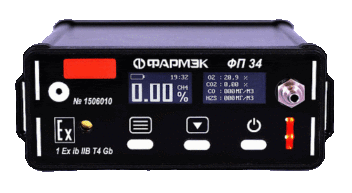
When purchasing, the compliance with the requests for the norms of the Russian Federation, corporate regulations for the coverage of measurements and the degree of signaling is checked. The compliance of the explosion protection level specified in the passport with the one at the place of application is monitored.
The choice is made taking into account the parameters:
- type of measurement channel;
- type of sampling (internal, external, diffusion);
- the ability to work autonomously on batteries in frost;
- additional functions.
The number of investigated components is taken into account, since the cost depends on their availability.
Common devices
Electrical and optical devices are in demand, which work with 1 - 4 types of gases. Such a gas analyzer is calibrated for the study of propane, methane, butane and a mixture of these components. Some types of devices determine the concentration of oxygen, flammable gases, toxic carbon monoxide.
Optical
These types of gas analyzers measure the density of the emission and absorption spectrum of the fuel mixture. Spectral analysis is done and the refractive index is determined.
Optical-type analyzers measure the content of:
- methane;
- acetylene;
- ethane;
- ammonia;
- chlorine;
- hydrogen sulfide.
The principle of operation of optical meters is based on the ability of each type of gaseous substance to absorb infrared rays of the same length. The device calculates the concentration from this characteristic.
Electrochemical models
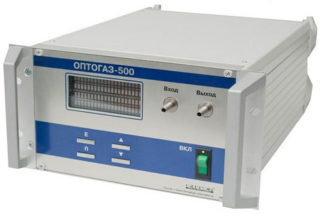
Such devices measure the volume of toxic gases in work areas. The devices function effectively in areas of increased risk of explosion. The compact analyzers are not sensitive to shocks and drops.
The equipment measures the concentration of substances:
- carbon monoxide;
- ammonia;
- sulfur oxide;
- hydrogen sulfide;
- chlorine;
- volumetric parts of oxygen.
Electrochemical analyzers are galvanic, potentiometric, electro-conductometric, depending on the method of measurement. The devices separate the reagent for mixing with the component of the mixture and reveal its concentration by the method of electrochemical compensation.
Review of the best models
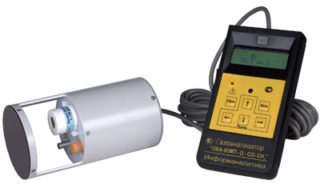
The optimal device for home use is DT - 802. The universal device shows the content of carbon dioxide in the atmosphere, shows the air temperature and humidity. The indicator scale on the display determines the degree of comfort for a person and measures to increase the required indicators. Used in private housing, childcare facilities, organizations and offices.
A specific device Megeon 080 is made in China and is used in technical production to determine the loss of refrigerant in refrigerators, air conditioning pipelines. It does not show the total gas content, the device belongs to the category of leak detectors.
The Russian model of the professional gas analyzer OKA-92 MT has a high rating and is represented by a functional device. The unit controls the concentration of carbon dioxide, oxygen, toxic and flammable substances in the air. It is almost never used for housing, it works effectively in production.
The German brand TESTO - 330-2 LL stands out for its impeccable performance and quality, and measurement accuracy. It is used to control individual heating with gas boilers. The device detects flue gases, the permissible values are displayed on the screen. There is a module for self-diagnosis and transmission of information over a distance.
The American company produces the RIDGID CD - 100 leak detector. The detector detects the presence of methane, propane, and other substances. Determines losses even at the lowest concentration. It is used for gasification of housing, installation of a heating boiler, leak detection during operation. There is a three-stage signaling unit.


